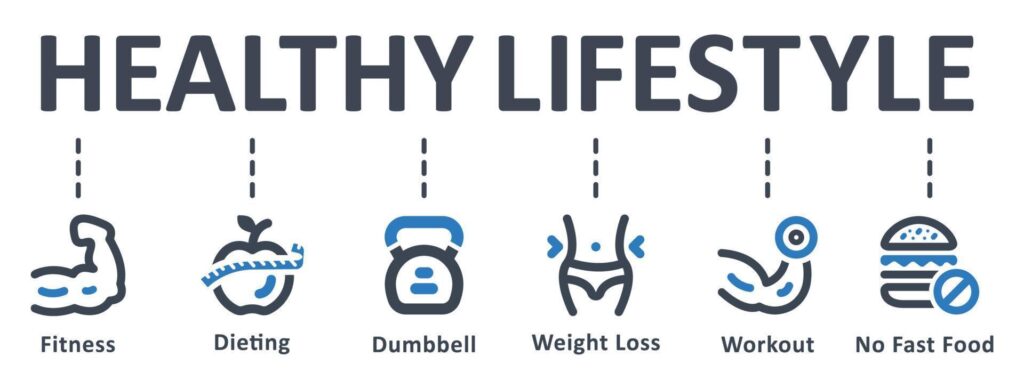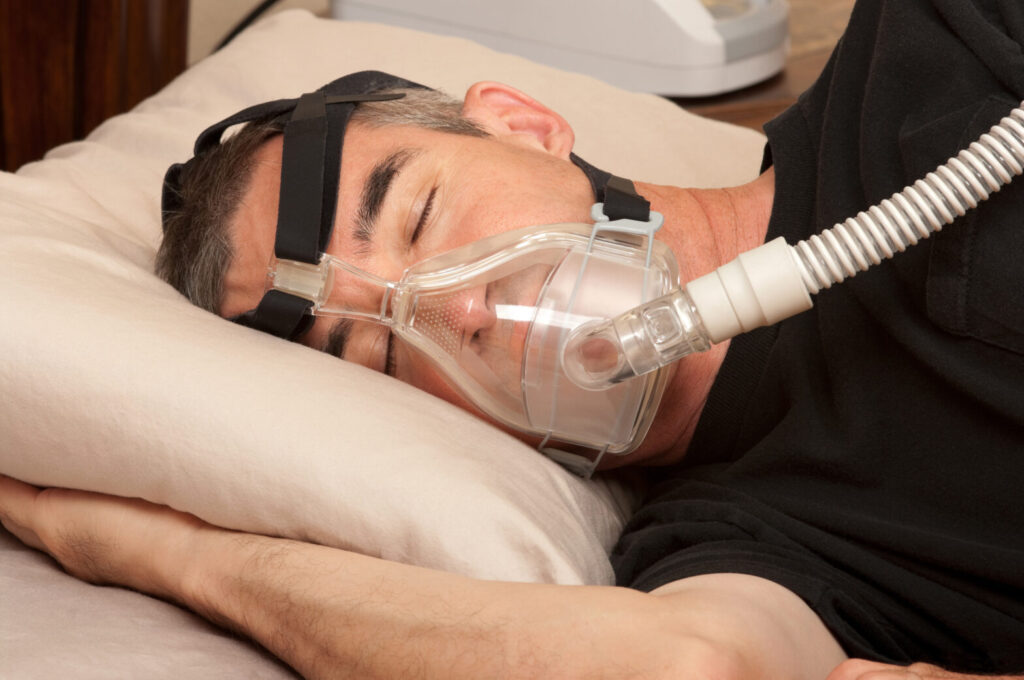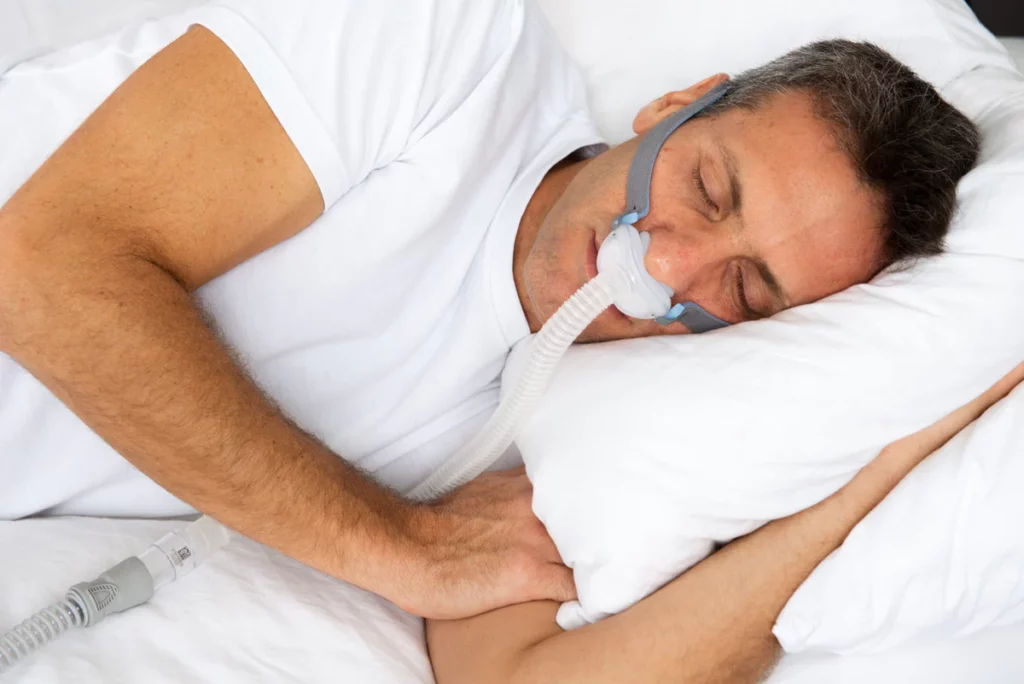
Our Story and Mission



What Users Say
Hear from our empowered community.
Fasting Planet transformed my health and sleep routines completely!
The guidance on this site is invaluable for beginners like me.
Blog
NDIS Occupational Therapy in Castle Hill: What Families Need to Know
Occupational therapy (OT) plays a crucial role in the lives of individuals with disabilities, particularly…
Understanding the Role of an Occupational Therapist in Child Development
Occupational therapy (OT) plays a crucial role in the development of children, addressing various physical,…
Exploring the Role of an Occupational Therapist in Autism Support
Autism Spectrum Disorder (ASD) is a complex neurodevelopmental condition that affects how people communicate, process…
Speech Therapy Castle Hill: Finding the Right Fit for Your Child
Speech therapy plays a vital role in supporting children’s communication development, laying the foundation for…
Trusted CPAP Mask Brands Every User Should Know About
Choosing trusted CPAP mask brands, such as those available at Air Liquide Healthcare, is a…
CPAP Masks Explained: Finding the Right Fit for Comfortable Sleep
Continuous Positive Airway Pressure (CPAP) masks are vital medical devices for individuals with sleep apnea,…
Our Journey
Visual stories of health and wellness.














